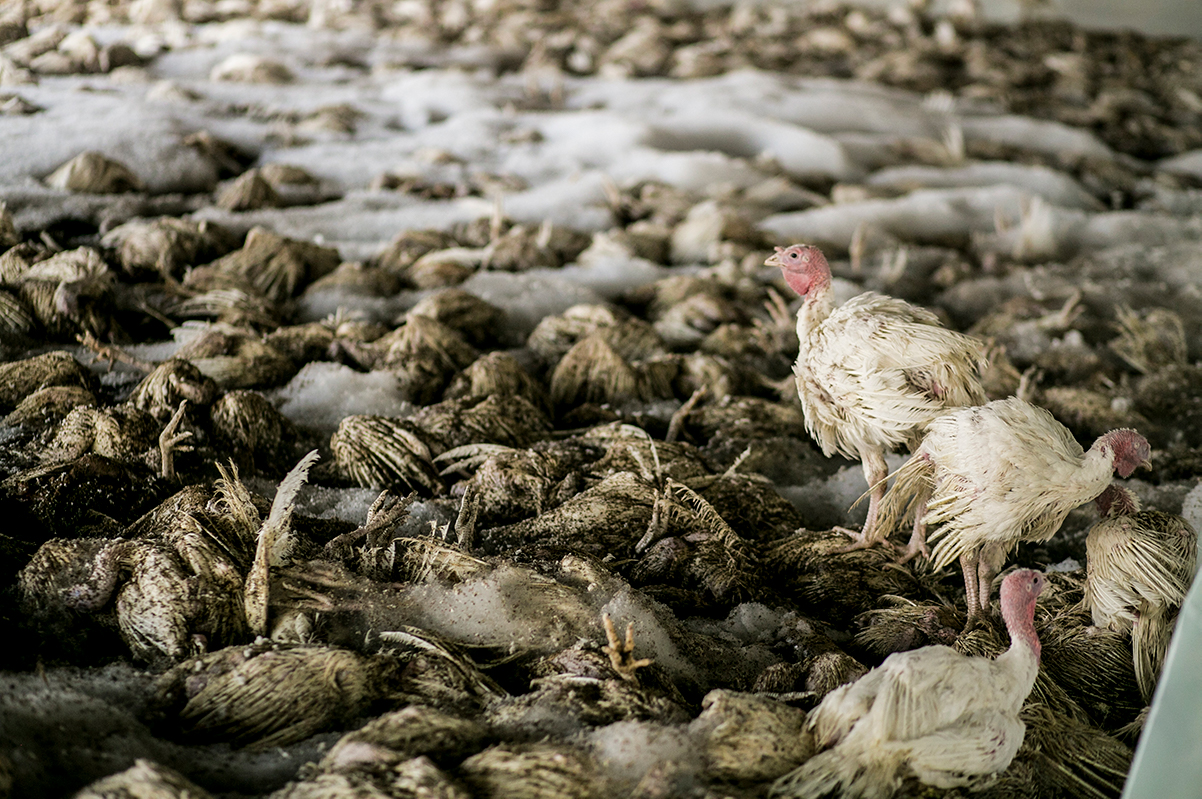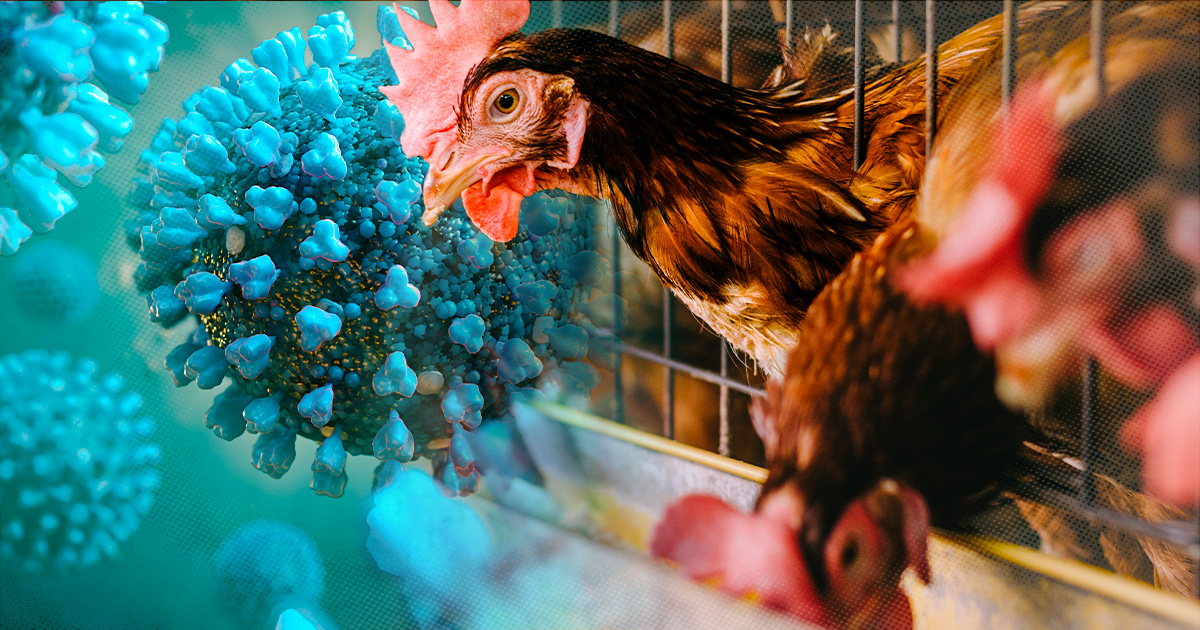Avian Influenza Transmission and Spread

Avian influenza, commonly known as bird flu, is a highly contagious viral disease that primarily affects birds. Understanding the transmission and spread of this virus is crucial for controlling and preventing its impact on both bird populations and public health.
Avian influenza has been making headlines lately, but let’s not forget about the upcoming 2025 social security cola increase. This increase will provide a much-needed boost to retirees, who have been struggling with inflation. However, the avian influenza outbreak could put a damper on things if it continues to spread and affect the poultry industry.
We need to stay vigilant and take precautions to protect our flocks from this deadly virus.
Routes of Transmission Among Birds, Avian influenza
- Direct Contact: Infected birds can transmit the virus through direct contact with healthy birds, including sharing bodily fluids, saliva, and feces.
- Aerosols: When infected birds cough, sneeze, or exhale, they release tiny respiratory droplets containing the virus into the air, which can be inhaled by other birds.
- Contaminated Surfaces: The virus can survive on surfaces such as food, water, equipment, and clothing, and can be transmitted to birds that come into contact with these contaminated materials.
Factors Contributing to the Spread
Several factors contribute to the spread of avian influenza among birds:
- High Bird Density: Crowded conditions, such as in poultry farms or during migration, increase the risk of contact and transmission.
- Poor Hygiene: Inadequate sanitation and hygiene practices, such as improper disposal of infected birds or contaminated materials, facilitate the spread of the virus.
- Lack of Vaccination: Unvaccinated birds are more susceptible to infection and can act as reservoirs for the virus.
- Environmental Conditions: Cold and humid environments favor the survival and transmission of the virus.
Role of Migratory Birds
Migratory birds play a significant role in the global dissemination of avian influenza. As they travel long distances, they can carry the virus across continents and introduce it to new bird populations.
- Long-Distance Transport: Migratory birds can fly thousands of kilometers, carrying the virus over vast distances.
- Mixing of Populations: During migration, birds from different regions mix and interact, facilitating the transmission of the virus between different bird species.
- Overwintering Sites: Migratory birds often gather in large numbers at overwintering sites, creating ideal conditions for the spread of avian influenza.
Impact of Avian Influenza on Poultry and Human Health

Avian influenza is a highly contagious viral disease that affects birds. It can cause severe illness and death in poultry, and it can also spread to humans.
Clinical Signs and Symptoms of Avian Influenza in Poultry
The clinical signs and symptoms of avian influenza in poultry vary depending on the strain of the virus. However, some common signs include:
- Respiratory problems, such as coughing, sneezing, and difficulty breathing
- Swelling of the head, neck, and eyelids
- Diarrhea
- Loss of appetite
- Depression
- Death
Economic Consequences of Avian Influenza Outbreaks in the Poultry Industry
Avian influenza outbreaks can have a devastating impact on the poultry industry. In the United States, for example, the 2015 avian influenza outbreak resulted in the loss of more than 50 million birds and cost the industry more than $1 billion.
Avian influenza outbreaks can lead to:
- Loss of poultry
- Loss of income for poultry farmers
- Increased prices for poultry products
- Trade restrictions
Public Health Concerns Associated with Avian Influenza
Avian influenza is a public health concern because it can spread to humans. Human cases of avian influenza are rare, but they can be severe and even fatal.
The most common way for humans to get avian influenza is through contact with infected birds or their bodily fluids. People who work with poultry or live in areas where avian influenza is common are at the highest risk of infection.
The symptoms of avian influenza in humans are similar to the symptoms of the flu. However, avian influenza can also cause more severe symptoms, such as pneumonia, acute respiratory distress syndrome (ARDS), and death.
There is no specific treatment for avian influenza. However, antiviral drugs can be used to treat the symptoms of the disease and prevent complications.
Surveillance, Control, and Prevention of Avian Influenza
Monitoring the spread of avian influenza is crucial to prevent outbreaks and protect poultry flocks. Surveillance systems involve regular testing of birds in areas where the virus is known to be present or where there is a high risk of infection. This helps identify infected birds and allows for prompt implementation of control measures.
Control and Prevention Methods
To control and prevent the spread of avian influenza in poultry flocks, various methods are employed. These include:
– Quarantine: Infected flocks are isolated to prevent the virus from spreading to other birds.
– Culling: Infected birds are humanely killed to reduce the virus reservoir.
– Vaccination: Vaccination can help protect poultry flocks from infection.
– Biosecurity Measures: Implementing strict biosecurity measures, such as disinfecting equipment, isolating new birds, and controlling access to poultry houses, is essential to reduce the risk of virus transmission.
Guys, have you heard about avian influenza? It’s a serious bird flu that’s been spreading like wildfire. But hey, let’s not dwell on the doom and gloom. Did you know that Argentina vs Colombia is playing tonight? I’m gonna grab some popcorn and watch the game.
Oh, and don’t forget to wash your hands and stay away from sick birds to avoid that avian influenza.